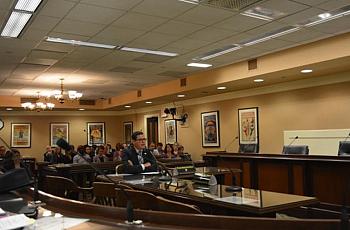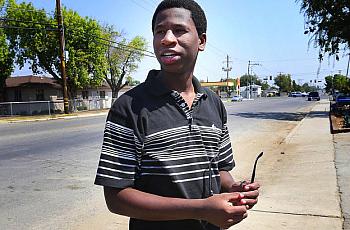
Harold Pierce started his professional career at the Santa Maria Times covering the Danish tourist town of Solvang before heading to The Bakersfield Californian. While there, he covered education and health. He reported extensively for The Center for Health Journalism's "Reporting on Health Collaborative," which brought together journalists from across two states to cover Valley fever, a little-known respiratory disease. The project led to greater awareness, legislative reforms and funding for research. He is also a former fellow, reporting on life expectancies and Adverse Childhood Experiences throughout the southern San Joaquin Valley. In 2018, Harold left The Californian to become the communication manager at Adventist Health, where he served on the leadership team opening a 25-bed critical access hospital in east Kern County. He graduated from UC Santa Cruz with a degree in literature and studied journalism at Santa Ana College, where he worked for the award-winning el Don newspaper staff. He lives in Southern California with his rescue dog, a Queensland Heeler, named Frisbee.









